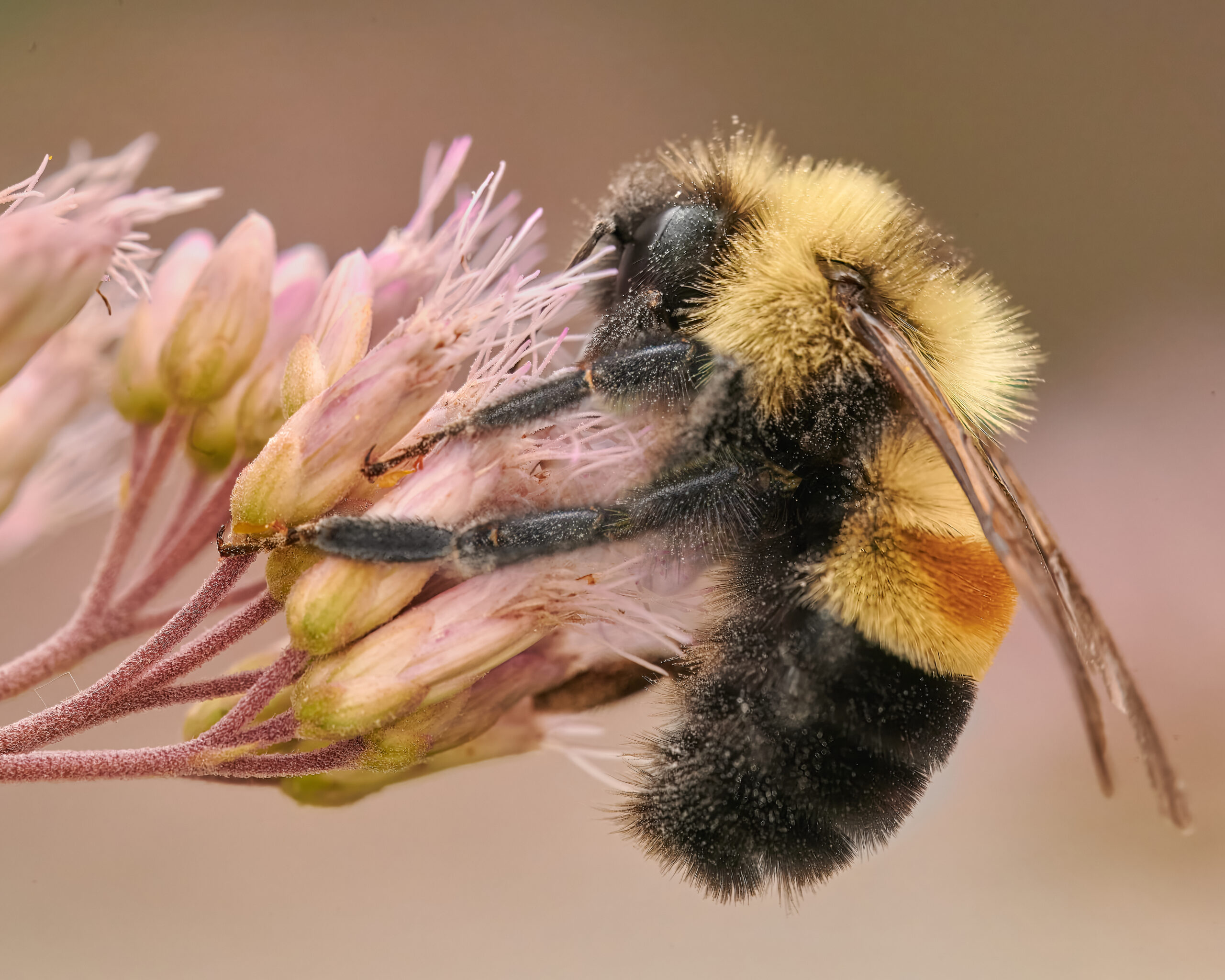Summary of World Bee Day:
The Indianapolis Zoo is highlighting the importance of World Bee Day, focusing on the plight of native bees, specifically the endangered rusty patched bumble bee. This species, once common in the Midwest and Eastern U.S., faces severe population declines due to habitat loss, pesticide use, and diseases from non-native honeybees. The zoo encourages the public to help by planting native flowers, removing invasive plants, reducing pesticide use, and spreading awareness. Additional resources and links are provided for those interested in learning more about these crucial pollinators.
- World Bee Day highlights the significance of bees, focusing on their ecological role and conservation.
- The rusty patched bumble bee is endangered, primarily due to habitat loss, pesticides, and disease.
- Conservation efforts, such as planting native flowers and reducing pesticides, can aid in bee recovery.
- Informative resources and initiatives are available to support public engagement in bee conservation.
- The role of individuals and communities is vital in reversing the decline of native bee populations.
World Bee Day is an annual event dedicated to raising awareness about the importance of bees and their role in the ecosystem. Celebrated on May 20, it serves as a global reminder of the critical part bees play in pollination and food production. Without them, our agricultural systems would face significant challenges, drastically affecting food security and biodiversity. As pollinators, bees are indispensable to the growth of many crops and wild plants, making their conservation a priority for the future health of our planet.
A pressing issue highlighted on World Bee Day is the declining population of the rusty patched bumble bee, scientifically known as Bombus affinis. Once prevalent across the Midwest and Eastern United States, this species now teeters on the edge of extinction, classified as Critically Endangered. The decline in their numbers is alarming, primarily driven by habitat destruction, pesticide exposure, and diseases spread by non-native honeybees.
The rusty patched bumble bee is known for its distinctive appearance. Workers and males exhibit a rusty-colored patch on the second segment of their abdomen, a key feature for identification. This species, like other bumble bees, is large and fuzzy, with a significant role in pollinating various crops and wildflowers. Their absence would leave a substantial void in ecosystems where they historically thrived.
The dwindling numbers of the rusty patched bumble bee have been attributed to several factors. Habitat loss is a primary concern, as urbanization and agricultural development push native bees out of their natural environments. Additionally, the use of pesticides poses a significant threat, as these chemicals can prove lethal to bees, disrupting their life cycles and diminishing populations. Notably, the introduction of non-native honeybees has led to increased competition and the spread of diseases, further endangering native bee species.
Sightings of the rusty patched bumble bee have become increasingly rare. In places like Indiana, local observations are infrequent, with the last verified sightings occurring over a decade ago at Daubenspeck Community Nature Park. This lack of sightings points to a possible local extinction, underscoring the urgent need for conservation efforts.
Conservationists stress the role individuals and communities can play in reversing the decline of native bee populations. Simple actions can make a considerable difference. Planting native flowers provides essential nourishment and habitat for bees. Removing invasive plant species helps conserve space and resources for native plants that bees depend on. Reducing or eliminating pesticide use can significantly improve the chances of bee survival. Lastly, spreading awareness about the importance of protecting pollinators can inspire collective action to safeguard these vital creatures.
For those interested in learning more about the rusty patched bumble bee and their conservation, numerous resources are available. The U.S. Fish & Wildlife Service, the International Union for Conservation of Nature (IUCN) Red List, and the Xerces Society for Invertebrate Conservation offer valuable information and guidelines on supporting bee populations. Engaging with these resources encourages greater understanding and involvement in preservation efforts.
The Indianapolis Zoo plays a significant role in bringing attention to the plight of bees, emphasizing the interconnection between human activities and wildlife health. By participating in and promoting initiatives like World Bee Day, they aim to foster a deeper appreciation for bees and encourage proactive measures to protect them.
Ultimately, the health of bee populations is closely tied to our own ecological well-being. By recognizing the challenges they face and taking thoughtful actions to address them, we can ensure that bees, like the rusty patched bumble bee, continue to thrive and fulfill their indispensable roles in nature. Supporting bees is not just an ecological imperative but an agricultural and cultural one, securing a future where both plants and people can flourish.


